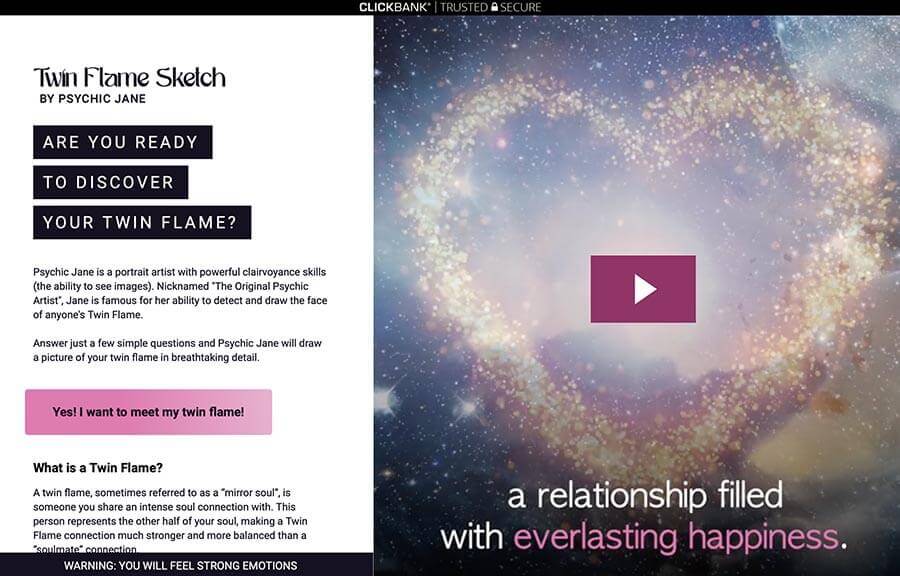Wrinkles are always the enemy to be fought. It’s really good not to hide your age and look younger, with all the experience you’ve accumulated, right?
You can start early to prevent yourself, with sunscreen, anti-aging, peelings, good habits, correct nutrition and so on. But in case wrinkles are already apparent, learn about their number 1 enemy in this column: ablative laser-based resurfacing (also known as CO2 laser).
What is resurfacing?
This is a laser treatment that removes the surface part of the skin, causing a newer, unmarked skin to appear in its place. Resurfacing promotes collagen stimulation in the dermis, improving wrinkles and scars, in addition to lightening and often eliminating brown spots.
There are several types of resurfacing: via chemical methods (such as phenol peeling) or physical (such as dermabrasion using sandpaper). These procedures are effective, yes, but very aggressive, so the recovery time is longer. The good news is that laser or CO2-based resurfacing is much better.
Why is this laser so powerful?
The great advantage of the laser is the fact that it has a great affinity with the water present in the skin, causing a rapid increase in temperature and tissue destruction. As it causes a greater degree of tissue damage, it has better results for deeper and more evident wrinkles, as it penetrates to the second layer of the skin.
This laser also stimulates collagen remodeling and skin contraction, which causes a decrease in sagging.
Other functions of laser resurfacing
In addition to treating fine lines on the face, especially those located around the mouth, eyes, cheekbones and forehead, laser resurfacing also treats sagging eyelids and facial contours. The bonus of this treatment is the fact that it eliminates facial blemishes and scars, including those caused by acne.
Is there any inconvenience?
Yes, and the main one has to do with the fact that the procedure destroys a layer of skin, making the recovery time a little longer.
But this only happens if the laser is not a fractional type, which is a kind of smart laser and preserves the healthiest skin areas and only treats the areas in need. Detail: the results are more discreet and, therefore, more sessions are needed than the unfractionated laser.
after treatment
Your skin is covered by a drier crust and with a little secretion, due to the skin fluid that is leaving and giving way to new skin. It takes 15 to 20 days for this crust to give way to smooth skin, but still pink (or reddish, depending on your tone). It can take up to two months for the skin to return to normal – and here comes the good part: returning to normal means without wrinkles and blemishes.
In the case of fractional laser, the skin was not affected and helps in healing the tissue affected by the laser. The small pieces of intact skin allow the restructuring of the epidermis (surface layer of the skin) in a faster way and allows the patient to return to their normal activities in a shorter time.
Some post-procedure care
As this procedure leaves the skin sensitized, pay attention to the sun. Avoid overexposure and always use the sunscreen recommended by your dermatologist. Depending on your case, it is best to avoid doing the procedure in the summer. Talk to your doctor before taking the treatment.
To help with healing, your dermatologist may prescribe, in addition to the protector, vitamin C, tretinoin and/or glycolic acid. It is essential to follow all recommendations.
Doing this procedure during the vacation period can be a good idea, since in the first few days the skin is very sensitive and requires a lot of care.
You need a trusting relationship with your dermatologist, so choose one you really trust. Thus, you clear all your doubts and do not remain in the dark about the treatment.
Daniela Hueb
Dermatologist with specialization in Aesthetic Medicine, graduated in Medicine from the University of Alfenas/MG. Affiliated to the Brazilian Academy of Dermatology and the American Academy of Dermatology, she constantly participates in national and international courses and congresses on dermatology.
See more content from Daniela Hueb
Are You Ready to Discover Your Twin Flame?
Answer just a few simple questions and Psychic Jane will draw a picture of your twin flame in breathtaking detail:
 Love Magic Works Free love spells that work fast
Love Magic Works Free love spells that work fast


